National strategy: The Pentagon will improve the military-industrial complex
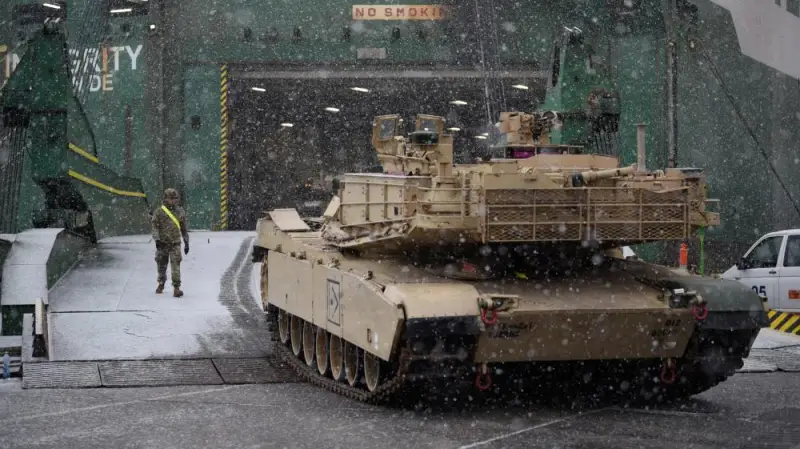
Not long ago, the Pentagon discovered serious problems in the production of military products. It turned out that the US military-industrial complex in its current form cannot provide all the needs of the armed forces, both in peacetime and in a hypothetical conflict. As a result, the so-called National defense industrial strategy. This document defines the main paths for the development of the military-industrial complex in the coming years and should contribute to the restoration of production.
New strategy
Currently, the Pentagon is faced with several challenges, in the context of which the accumulated stocks and production volumes of various weapons, equipment and ammunition are of particular importance. First of all, this is the need to continue assistance to the Kyiv regime, which is being subjected to forceful demilitarization by Russia. In addition, the United States is preparing for an open and long confrontation with China in the Pacific region.
By mid-2022, while providing assistance to Ukraine, the United States had partially depleted its stockpiles of some weapons and ammunition. At the same time it became known that the existing military-industrial complex did not fully correspond to the assigned tasks. In its current state, it will not be able to quickly and efficiently restore arsenals, and in some cases, this task may take years to complete. The possibility of providing an army during a major conflict is also questionable.
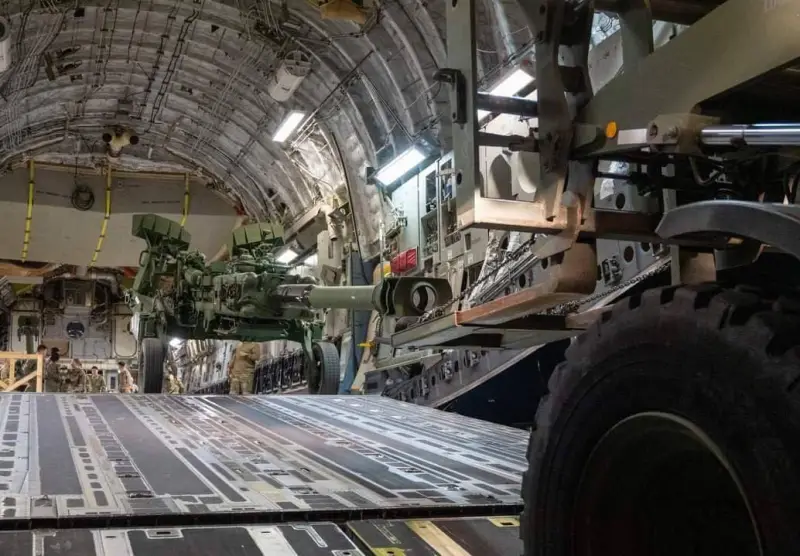
Over the past one and a half to two years, the US military and political leadership has repeatedly spoken about their intentions to develop and launch a new program for modernizing the military-industrial complex and, with its help, solve current problems. However, until recently, there were no real steps in this direction, and the future remained unclear.
At the beginning of December 2023, American media reported that the Pentagon was preparing the so-called. The National Defense Industrial Strategy is the first document of its kind in the United States. At the same time, the first details of the document became known, but the full text was not published. It was argued that the Strategy determines the path of production development for the next 3-5 years and will have to change the face of the industry.
The official presentation of the document took place this year, on January 11. At this event, Pentagon representatives proudly spoke about the successful completion of work on the Strategy, its high significance, etc. The document itself was also published, which describes the main steps for the development of the military-industrial complex. At the same time, we are mainly talking about strategic-level issues, with virtually no clarifications or mention of specific contracts of the future. Nevertheless, the published document shows how the Pentagon sees the current situation and how they plan to get out of it.
Challenges and responses
The introduction to the Strategy notes that the US military-industrial complex faces serious difficulties. Several years ago, production was affected by the coronavirus pandemic, and in 2022-23. Additional threatening factors arose in the form of military operations in the Donbass and the Middle East. As a result, the requirements for production volumes have increased significantly, but the existing capacities cannot cope with them.
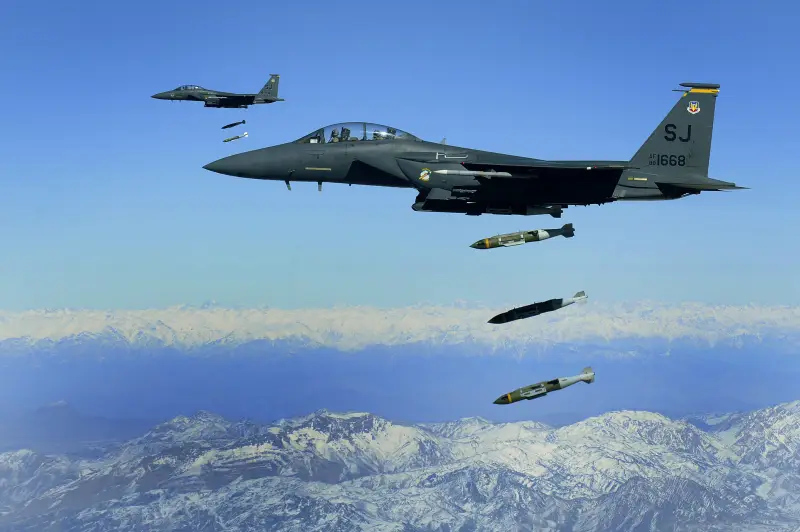
Several main problems of the American military-industrial complex are mentioned. In recent years, the general condition of some defense enterprises has deteriorated. Production chains, both domestic and international, were also disrupted. Experienced personnel of enterprises are gradually aging and retiring, and young people are not trying to fully replace them.
In response to the current situation, the Pentagon, for the first time in its practice, developed a National Defense Industrial Strategy. This document will define the foundations and principles of interaction between the military department and the military-industrial complex on a wide range of issues. First of all, the need to restore production capacity and competencies, as well as ways to solve this problem, is considered. For now we are talking about plans for the next 3-5 years, and a similar document for the next period may appear in the future.
Taking into account the events of recent years and the current situation in the military industry, the authors of the National Defense Industrial Strategy proposed four main areas of work. The current state of the military-industrial complex and the prospects for its development directly depend on the solution of these problems. Each goal is accompanied by a general plan of action of various kinds, requiring certain efforts from the state and contractors.
The first goal is to create and maintain sustainable cooperation ties and supply chains. To do this, the Pentagon will have to conduct an inspection of the enterprises involved in production and determine whether they have the required capabilities and reserves of raw materials, whether contracts have been concluded with subcontractors, etc. If any problems are identified in this context, appropriate measures will be taken. In particular, it is necessary to create reserves of necessary raw materials and components in case of supply problems.
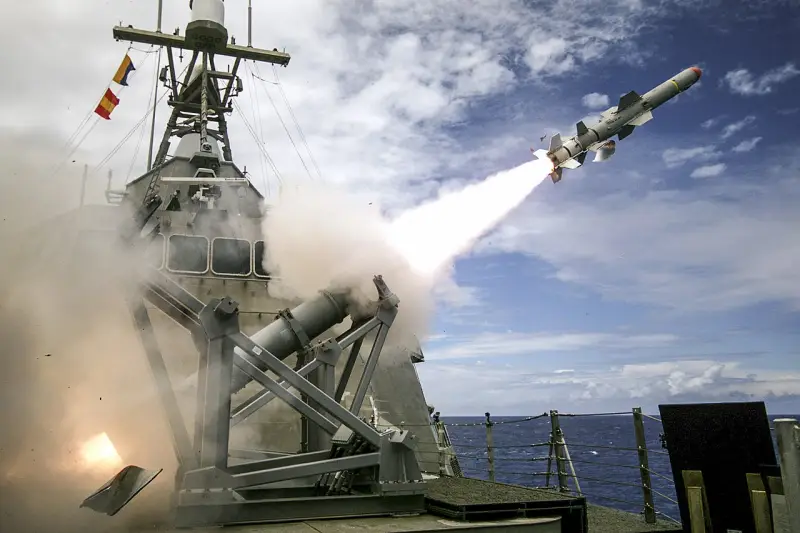
The second challenge is workforce readiness. It is proposed to study the current state of affairs and take measures to attract new specialists with the necessary knowledge and skills to the industry. If necessary, appropriate search programs, retraining, etc. can be launched.
The third point of the plan is procurement flexibility. The existing system for purchasing products and components should be restructured in order to protect against possible negative phenomena. The customer or contractor must be able to purchase the required products not only from a specific supplier. In this case, the latter’s problems will not affect the entire supply and production chain.
Last, but not least, is “economic containment.” The military department wishes to maintain effective market mechanisms and cooperation with the military-industrial complex of friendly foreign countries. Due to this, the economic security of production and supplies of necessary equipment to the army will be ensured. It is assumed that a stable economy in the field of military production will become an additional factor in deterring a potential enemy.
Uncertain Future
The topic of the various problems of the American military-industrial complex has been raised repeatedly and regularly in the past at different levels. It was reported that it was impossible or, at a minimum, difficulties in producing certain products, performing repairs, etc. All this led to problems with maintaining stocks and parks of various kinds. In recent years, against the backdrop of well-known events, such problems have only worsened.
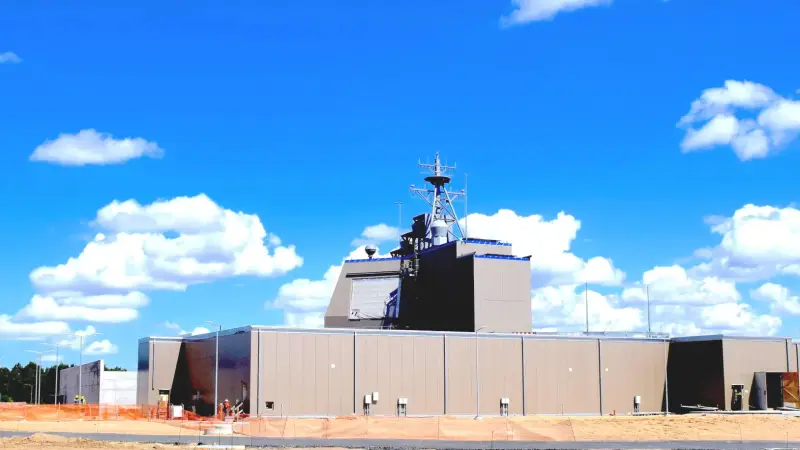
Starting from 2022-23, the Pentagon and other US structures regularly talked about the need to expand or even restore the production of certain samples and products. It is curious that until recently these processes generally did not progress beyond general discussions and statements of concern. Real business mainly came down to the issuance of regular contracts for the supply of serial samples, as well as complaints about the impossibility of producing some products.
As it became known in December, the Pentagon did not limit itself to conversations and discussions. The relevant bodies of the department conducted some studies of the situation and formed a full-fledged program for the development of the military-industrial complex. The main goals have been set, and general principles for achieving them have been formed.
At the next stage, the ministry and its structures will have to develop the general ideas of the new Strategy, draw up plans at a different level and begin to carry out various activities. As part of this work, over the next 3-5 years, some processes will be reorganized, new contracts will appear, etc. Whether it will be possible to fulfill the assigned tasks and rebuild the military-industrial complex in accordance with the requirements of today and the future is unknown.
Information